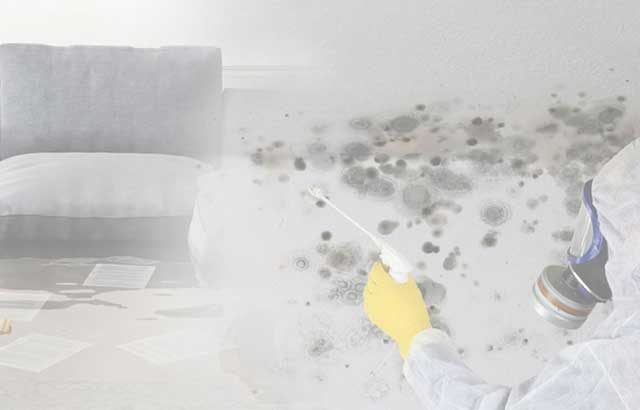In this article below you might get lots of great data all about Looking for Signs of Water Damage in the Bathroom.

The washroom is extremely susceptible for damp buildup and also potential water damage because of the regular use water in it. This write-up offers easy assessment strategies to aid detecting water damage risks.
The regular use of water in the shower room makes it very at risk for wet accumulation and potential water damage. By checking it frequently, you can minimize water relevant problems.
The adhering to collection of inspections is very easy to do and also must be done as soon as in every 3 months in order to keep your shower room healthy as well as to avoid prospective water problems triggered by the tub, the shower, pipe joints and plumbing, sinks, closets, and also the commode
Do not forget executing these examinations as well as be extensive while doing them. Bear in mind that these simple inspections can conserve you a great deal of money by offering early indications for water damages
Sinks as well as Cabinets
Sinks as well as cabinets are revealed to dampness as well as humidity day-to-day and also are commonly ignored. Examine routinely under the sink and also on the kitchen counter above it. Repair any kind of drip in the catch as it may recommend drain problems. Check out the sink, slow-moving draining pipes may show a blocked drain. Change sink seals if they are broken or loosened.
Bathtub and also Shower
The shower as well as bathtub need special interest and upkeep. Check the floor tiles as well as change if broken. See to it that there is no missing cement between the ceramic tiles. Inspect as well as replace split caulking at joints where the walls satisfy the floor or the tub. Obstructed drains and also pipes troubles will avoid the bath tub from drying and also may suggest significant issues under the bathtub. Seek advice from a professional promptly to prevent architectural damage. Take notice of discolorations or soft locations around the bathtub walls as they might suggest an inner leak.
Plumbing
Signs for water damages are hard to identify because the majority of pipes are mounted inside the walls.
Pay unique attention to flooring and also walls wetness and also spots as they might indicate an unseen plumbing trouble. Inspect dampness levels in adjoining areas as well.
The Bathroom
The commode is a vulnerable water joint. Examine the water lines and search for leakages around the toilet seat, in the hose pipe, and also under the water container. If you identify any indications of dampness on the floor around the toilet, look for leakages in the toilet edge and storage tank seals.
Realize that hanging toilet bowl deodorants raises the opportunities for clogs.
Water Damage Signs In The Bathroom To Avoid Cleanup
Musty smell
This is one of the easiest signs to catch because musty smells are so odorous. The damp, earthy, moldy smell should be a big red flag. The smell will develop when moisture gets trapped in surfaces, and begins to facilitate mold growth. Leaking pipes under cabinets, inside walls, and behind shower fixtures will cause moisture to stay trapped and not dry, which will lead to mold growth and spread. As soon as you notice any musty smells in your bathroom, have it checked for hidden water damage and cleanup signs.
Visible mold
If the smell isn’t there to give it away, sometimes you will actually see mold growth. Finding mold in your bathroom is a serious problem, because mold is very harmful to your health. By the time mold growth is visible, it also means that water damage has already occurred and been present for some time. The only way the mold problem can be resolved is to find the source of the moisture and get it stopped. To safely and adequately remove mold, you need to have professionals handle the remediation. Do not waste any time in getting mold problems addressed, fixed, and sanitized so that you can protect you and your family from the many respiratory symptoms caused by mold exposure.
Damaged floors
Bathroom floors should be able to withstand some exposure to water while still remaining in good condition. However, when excess exposure or water leaks occur, they will begin to damage even the most water-resistant flooring. If you notice any cracking, bubbling, staining, or warping on your bathroom floors, there is probably a water leak somewhere causing the distortion. If you notice areas of the floor have become softer, or even have a spongy feeling, there is probably damage to the subfloor. Subflooring is typically made up of plywood. When plywood is exposed to water or moisture, it will absorb it. Once it has become saturated, the weight of the excess water will cause the wood to swell and soften. Check the floors in your bathroom frequently to catch any of these sings before they lead to damaged subflooring.
Changes on walls
When water leaks behind walls, it will cause changes in the drywall. Peeling plaster, blistering paint, and soggy wallpaper are all good indicators that excess water is building up behind the wall. Water leaking behind drywall will cause it to swell and be soft to the tough. If you start to notice gaps along the trim of your walls, or where tile meets the wall, it could also be a strong indicator that there is a leak behind the wall. Any changes, distortion, or damage on the walls should be evaluated as soon as you notice it to prevent further water damage and cleanup.

I have been very fascinated with How to Fix a Water Damage Bathroom and I really hope you appreciated the entire piece. Do you know about another person who is in to the niche? Why not share it. I praise you for your time. Kindly pay a visit to our site back soon.
Services